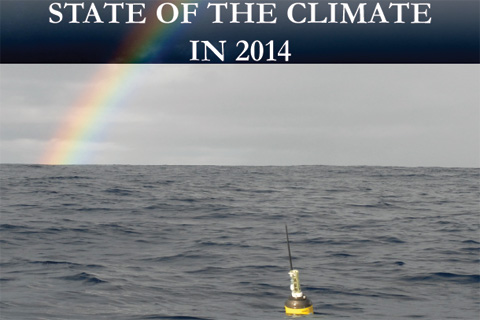
The annual State of the Climate reports involve more than 400 international authors from more than 50 countries. Two chapter authors reflect on what it means to play a part in such an ambitious report.
Includes natural processes within the climate system: orbital patterns, solar radiation, oceans, atmosphere, water cycle, the natural greenhouse effect, carbon cycle, regional climates and differences between climate and weather.

The annual State of the Climate reports involve more than 400 international authors from more than 50 countries. Two chapter authors reflect on what it means to play a part in such an ambitious report.

June 17, 2015
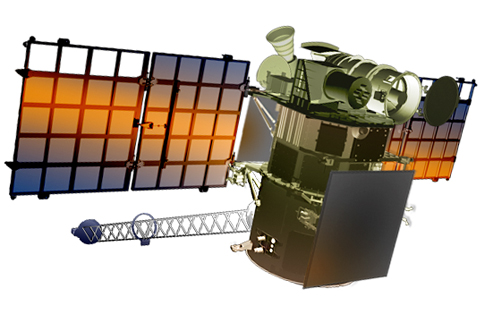
In addition to its primary mission of observing space weather, the Deep Space Climate Observatory (DSCOVR) satellite is carrying two instruments that are important to climate science: the NISTAR radiometer and the EPIC camera.
CarbonTracker is a tool for modelling sources and sinks of carbon dioxide. Users can download the code, carbon dioxide data, and the tool's carbon flux estimates to conduct their own analyses or to help improve the system.
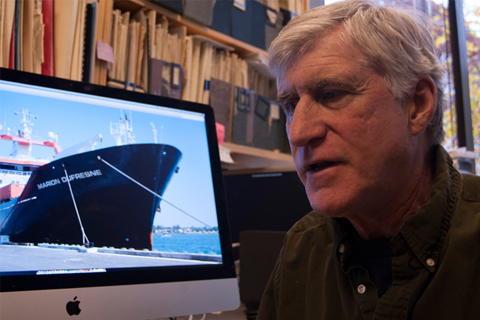
In October 2003, a little-known think tank in the Department of Defense quietly released a report warning that climate change could happen so suddenly it could pose a major threat to our country's national security. Why was the Pentagon worried about abrupt climate change? Because new evidence from Greenland showed it had happened before.
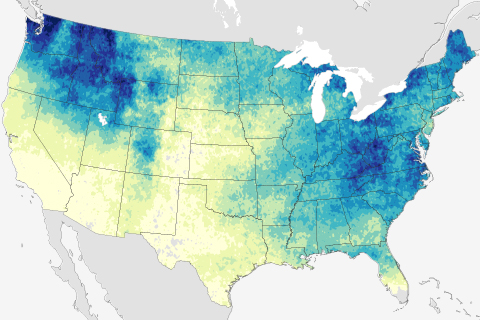
According to the 2009 National Climate Assessment, heavy downpours have increased in frequency and intensity during the last 50 years. Models predict that downpours will become still more more frequent and intense as greenhouse gas emissions and the planet’s temperature continue to rise.

The most likely explanation for the lack of significant warming at the Earth’s surface in the past decade or so is that natural climate cycles caused shifts in ocean circulation patterns that moved some excess heat into the deep ocean.

Ron Stouffer and Gabriel Vecchi of NOAA’s Geophysical Fluid Dynamics Laboratory in Princeton, N.J., share their experiences working on one of the most comprehensive scientific documents in history.

As the whole ocean gets warmer, NOAA scientists must redefine what they consider “average” temperature in the central tropical Pacific, where they keep watch for El Niño and La Niña.
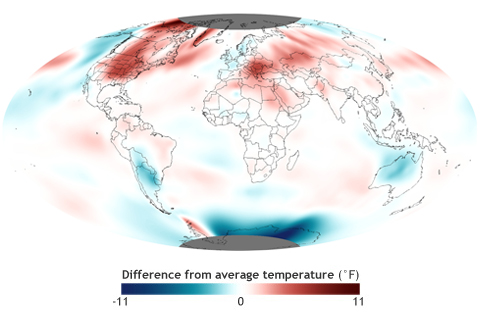
The average global temperature for July 2012 was more than 1° Fahrenheit above the 20th-century average, making it the fourth warmest July since record keeping began in 1880